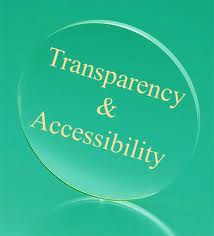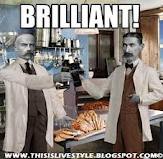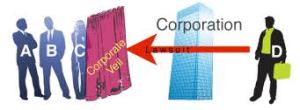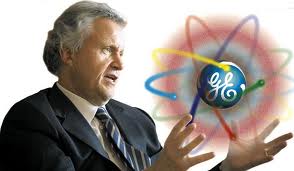 Have you ever been watching television, trying to zone out during the commercials, when all of a sudden “WHAM!” a powerful advertisement grabs your attention and almost moves you to tears? Come on! I know it has happened to most of you, and I am no exception.
Have you ever been watching television, trying to zone out during the commercials, when all of a sudden “WHAM!” a powerful advertisement grabs your attention and almost moves you to tears? Come on! I know it has happened to most of you, and I am no exception.
I was most recently the victim of such an occurance last night. I was in my hotel bed watching television and trying to avoid doing work. Out of nowhere came this General Electric (GE) commercial . . . the ad was about cancer survivors who were given the opportunity to meet the GE employees who built the medical machinery that helped save their lives.
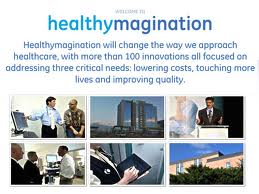 If you haven’t seen it, grab a tissue and click here to view the YouTube video of it.
If you haven’t seen it, grab a tissue and click here to view the YouTube video of it.
It wasn’t more than 5-seconds after this commercial ended that I had these two thoughts:
- This GE commercial is the same thing as a non-profit organization’s “case for support” for their annual campaign pledge drive. The only difference was that it was in video format instead of a written case statement.
- Putting cancer survivors in the same room as GE employees was so powerful. It was almost like GE was stewarding their employees by reminding them of how powerful their gift of labor really is to everyday people who are trying to work through personal crisis.
I think the thing that got me most was when the employee at the end of the commercial says: “[It was] one of the most heartwarming events I’ve ever experienced”.
Earlier this week my Monday blog post titled “What gets measured gets done” spoke to the power of benchmarking. Tuesday’s blog post titled “Taking a page out of NPR’s playbook” highlighted National Public Radio (NPR) as a potential benchmarking opportunity for agencies looking for a successful road map to reduce dependency on government funding.
 Today’s post continues on this week’s theme of benchmarking; however, the twist is that non-profits can also learn from and benchmark their for-profit cousins. For example, this GE commercial has me wondering:
Today’s post continues on this week’s theme of benchmarking; however, the twist is that non-profits can also learn from and benchmark their for-profit cousins. For example, this GE commercial has me wondering:
- Does putting employees together with the people who benefit from their efforts improve employee retention? If so, how significant is the retention? Can the same effect be produced if non-profit donors are given more regular access to the people whose lives they changed (e.g. your customers/clients)?
- Does creating this commercial and storyline help GE’s sales force more effectively articulate the case to purchase this particular product? If so, how significant is the improvement in sales? Can the same effect be produced in board members and volunteer solicitors who are reluctant to solicit charitable contributions to the annual campaign?
I’ve been hearing way too often from non-profit professionals that donors don’t have time for personal stewardship visits and touches. I’ve also recently had the opportunity to spend lots of time with a number of donors, and they don’t seem to be saying the same thing. What I am hearing donors say is they are sick and tired of one solicitation after another after another. They look forward to events where they can see, hear, and touch the charity’s mission.
I am going to hold onto the visual imagery of how those cancer survivors and GE employees looked when they met for the first time. Am I wrong or was it powerful? They were moved to tears, right? Heck, I was moved to tears. My “fundraiser’s gut feeling” is telling me that there are many valuable take-aways for non-profit organizations from that commercial. I suspect successful non-profits are tapping into that same raw power and emotion when it comes to donors and those folks you serve everyday.
Yes, we can learn a lot from each other as non-profit professionals, but I suspect we are limiting ourself. If we expand our world, we can learn a lot from everywhere we look everyday. Don’t just benchmark organizations that are just like you . . . expand your horizons and look at for-profits that you can benchmark, too.
While benchmarking multinational corporations might not be realistic for many of you, I bet there are a number of small businesses in most of our backyards that will work equally well.
What did you take away from the GE commercial as it relates to your non-profit work? How do you connect your donors to mission in similarly powerful ways that don’t involve more solicitation (e.g. special events don’t count when answering this question)? How does your organization track the effectiveness of those personal and powerful stewardship touches? Have you ever done any benchmarking? Who? And what was the result of your experience?
Please use the comment box below to weigh-in with an answer to any of these questions. Remember, we can all learn from each other.
Here’s to your health!
Erik Anderson
Founder & President, The Healthy Non-Profit LLC
www.thehealthynonprofit.com
erik@thehealthynonprofit.com
http://twitter.com/#!/eanderson847
http://www.facebook.com/eanderson847
http://www.linkedin.com/in/erikanderson847







